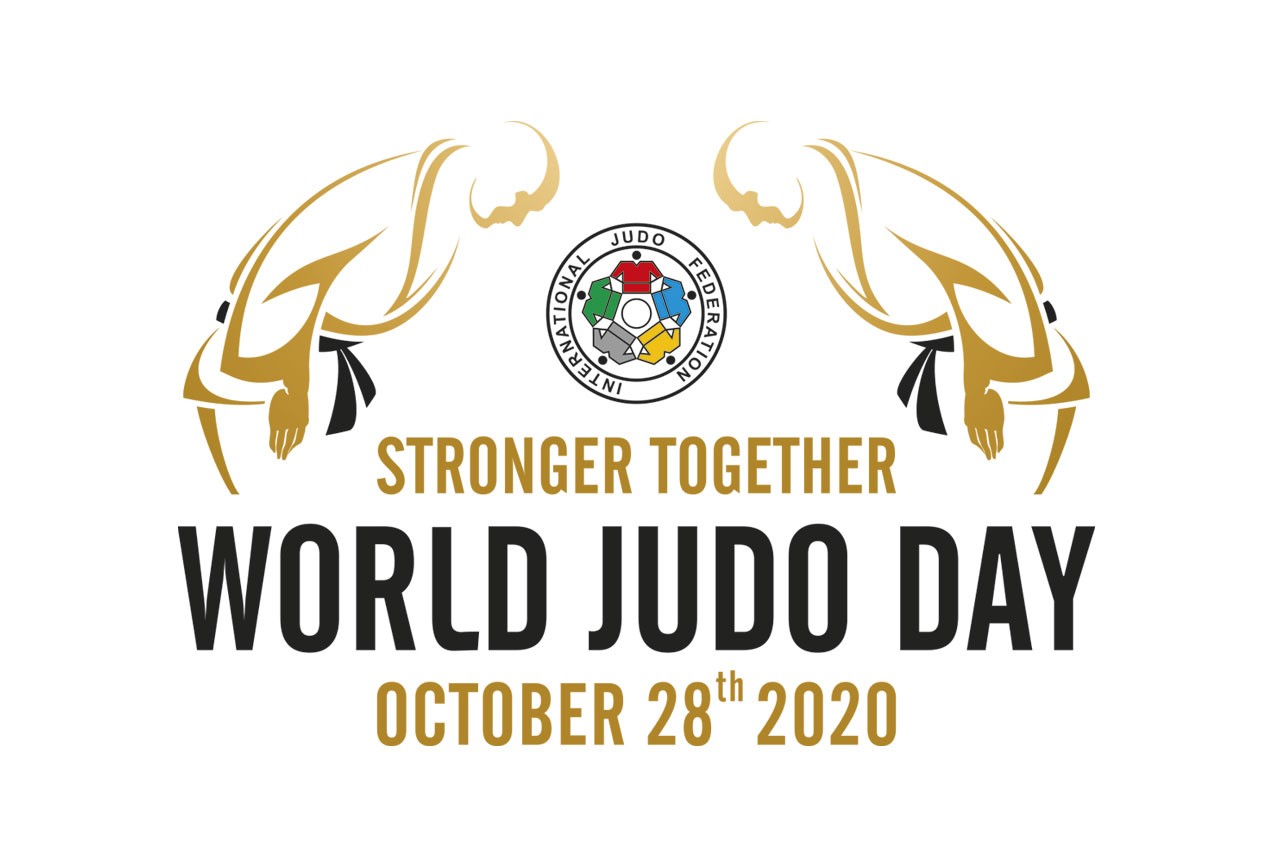
In this story the star-belly and plain-belly Sneeches learn that neither type is superior and that they are able to get along and become friends. Add similar CDs to your music library and use them in daily music activities. Explain about each culture and how music plays a role in their cultures and celebrating traditions. Music for everyone demonstrates the importance of music to many different cultures.Īudio recordings of music including those from a variety of cultures and featuring different types of instruments, and pictures of various musical instrumentsĪsk each student to bring in a CD of music from their family of origin. Place the items in the dramatic play area so that children can wear the clothing as part of their play scenarios. Have children try on the various items of clothing and discuss the culture that wears each one and why/how that style of clothing was created. Students who get five across, down, or diagonally win.ĭiversity dress up incorporates diversity into dramatic play to help children learn about different cultures.Ĭlothing for various cultures (examples: yarmulke, a Jewish head cover Burka, a garment worn by Muslim women) start with clothing that is reflective of the various cultures in your program, then expand to other cultures that the children may To play, hold up one of the large set of pictures tell the children (or ask them) what the picture is and what culture it comes from. In each square of the bingo card, place an image of something from a specific culture. Take photos of each child’s hair and make a collage of different hairstyles.ĭiversity bingo helps children learn about other cultures from around the world.īingo cards with images that relate to a specific culture and a large set of picture cards with the same images as those on the bingo cards some ideas might be an Indian sari, chopsticks, or a sombrero.
WE ARE STRONG TOGETHER ANIMATION HOW TO
Discuss how to care for different types of hair and which types of hair care products children use.

Talk about how people have different hair colors, lengths, and styles. Some people have straight hair and some people have curly hair. For example, some people have fine, thin hair while others have thick, coarse hair.

Photographs of different hairstyles, types, and hair care productsĪsk children to identify the different types of hair by talking about hair texture and curl. Hair, hair everywhere helps children learn about different hair types related to ethnic groups.
WE ARE STRONG TOGETHER ANIMATION SKIN
Ask questions to help children increase their awareness of skin color: “Can you find a stocking that is the same color as your skin?” Have children try another color and ask them, “Is this lighter or darker than your own skin color?” Nylon knee high stockings in various shades such as tan, black, white, pink, yellow, and redĮncourage children to try the nylons on their hands, arms, or feet.

Skin color match-ups helps children learn about different skin tones and ethnic backgrounds. Activities that can help children learn about and appreciate differences: At about 4-5 years, they start to display gender appropriate behavior and become fearful of differences. Around 3 years of age, children notice physical disabilities. At 2 ½ or so, children learn gender labels (boy/girl) and the name of colors – which they begin to apply to skin color. When do children notice differences between people? At about age 2 years, children begin to notice gender and racial differences. All types of differences such as race, religion, language, traditions, and gender can be introduced this way. Games and activities offer a fun way for young children to learn about differences and similarities among people and to introduce the concept of diversity. It also helps them realize that we’re all humans, despite differences in how we look or dress, or what we eat or celebrate.


 0 kommentar(er)
0 kommentar(er)
